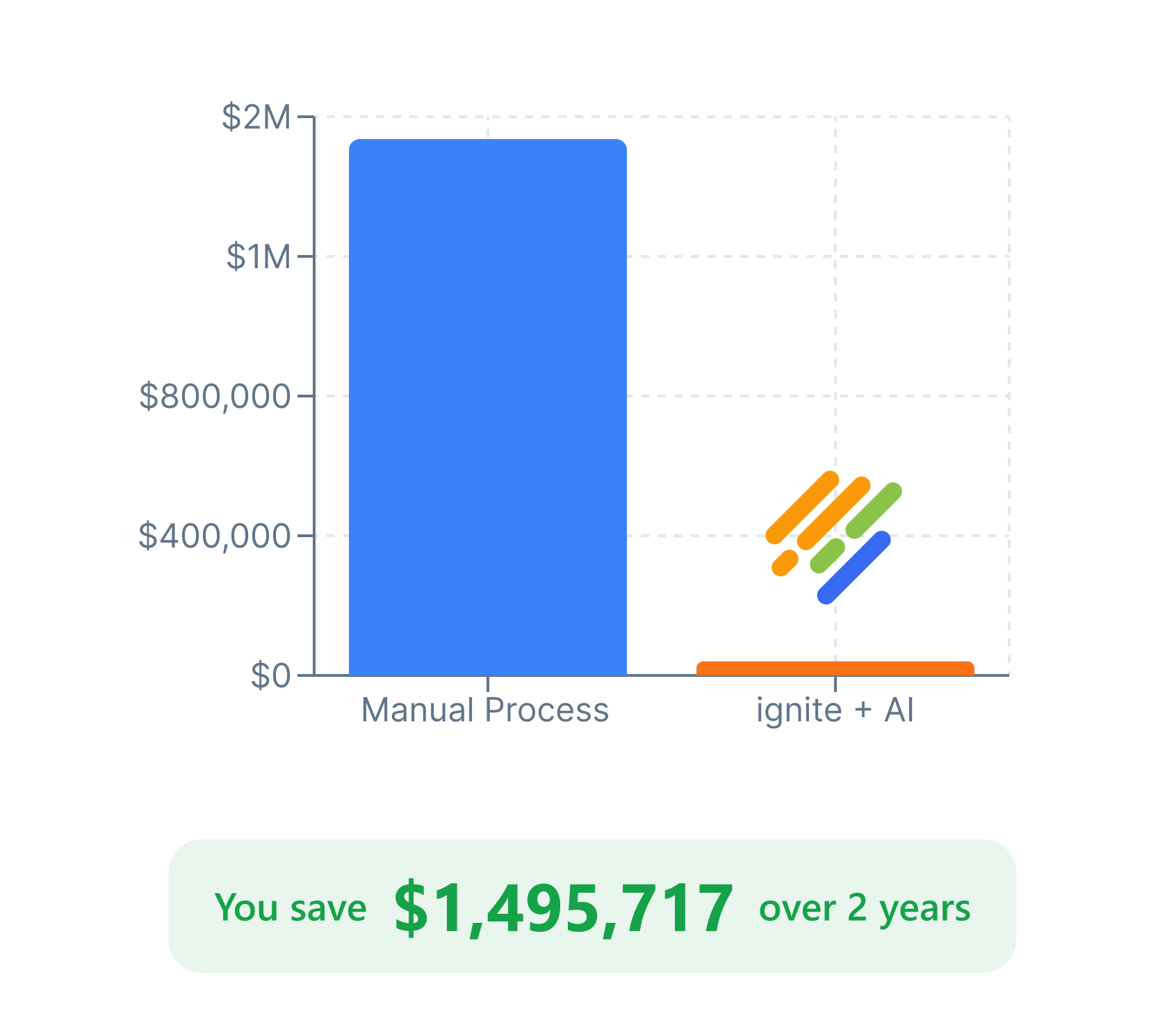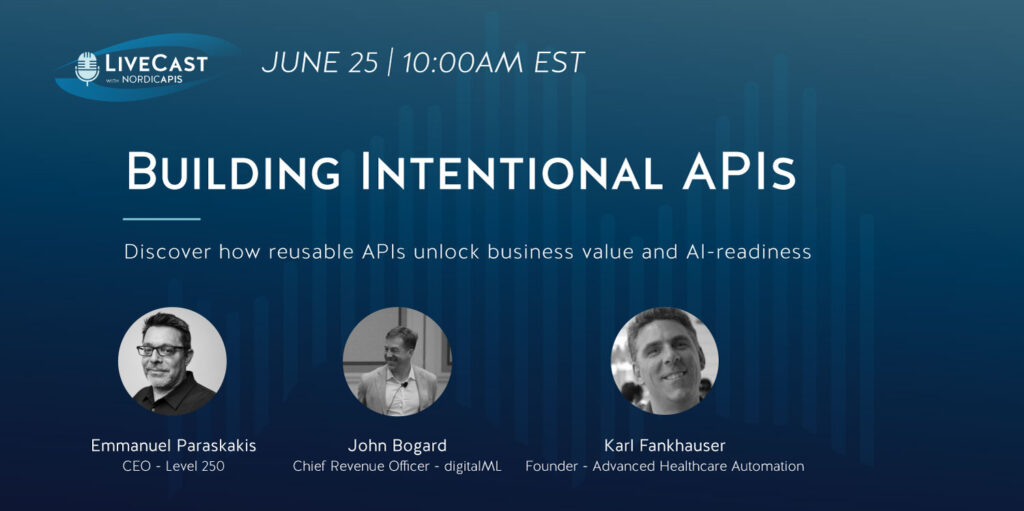Fixing API Chaos: The Missing Link in Your Agentic AI Strategy
Introduction: A Poorly Managed API Inventory is the Hidden Barrier to Agentic AI
Enterprises are racing to adopt agentic AI strategies to automate tasks, improve decision-making, and enhance scalability. But many AI projects hit a common wall at the proof-of-concept (POC) stage. Not the AI model, the infrastructure, or even the data, but because of API chaos.
This under-the-radar issue is quietly undermining AI initiatives. Disconnected APIs, outdated documentation, poor discoverability, and lack of governance make it nearly impossible for AI agents to operate efficiently or securely. If left unchecked, chaos stalls innovation and costs both time and money.
Tackling API chaos at the root (and preventing it from reoccurring) should be an immediate priority if you’re keen to adopt agentic AI in your organization. This blog discusses the intersection between API chaos and agentic AI adoption challenges, and how to get your API portfolio in good shape for the AI era.

What Is API Chaos?
API chaos is not the same as API sprawl. While sprawl is primarily about quantity and fragmentation of APIs, chaos is about the operational breakdown that comes with the growing complexity and disorder within large API estates. It shows up as:
- Duplicate or inconsistent APIs across lines of business
- Lack of governance or version control
- Inaccessible or non-machine-readable specifications
- Limited reuse and discoverability
- Inflexibility and reduced agility, and increased operational costs and risk
It’s a technical debt problem that snowballs quickly. In a traditional developer-driven world, it causes friction and slows project/product delivery. But in an agentic AI world, it’s an outright blocker.
Why Agentic AI Can’t Succeed If You Have API Chaos
Agentic AI relies on machine agents that can interpret instructions, plan multi-step actions, and interact with APIs autonomously. These agents:
- Parse API specifications to understand capabilities
- Chain together multiple APIs to complete tasks
- Require consistent naming, metadata, and policy enforcement
- Need dynamic discovery to operate in real time
But API chaos gets in the way of this. If APIs are scattered, poorly governed, not documented for machine consumption, and aren’t discoverable by the teams that build out the autonomous workflows, agents fail to function. You must get your API inventory in order to reap agentic AI’s benefits.
Three Steps to Regaining API Control — From the Report
Our recent whitepaper outlines three core strategies to move from chaos to control, and unlock your agentic AI strategy fast:
1. Centralized API Cataloging & Discoverability
Bring your APIs (across all domains, teams, and lines of business) into a single, vendor-neutral catalog. This isn’t just for humans; it must be machine-readable, searchable, and accessible to both developers and (eventually) agents. You gain a complete view of everything you have, and teams can easily find APIs that are suitable for their agentic workflows as they build them.
2. Automated Lifecycle Governance
Govern your APIs at scale using automated policies and standards. Enforce version control, linting, security, and compliance as code – not as manual reviews. Integrate this governance across the full API lifecycle: design, build, deploy, consume, retire. This way, you can ensure safe consumption of your APIs.
3. Document APIs for Humans and Machines, without increasing sprawl and complexity
APIs are no longer built solely for human developers. They must also serve AI agents, each with its own criteria for what makes an API truly usable. Even among agent builders (e.g. Amazon Bedrock vs Salesforce Agentforce), requirements vary widely. Yet fewer than 10% of enterprises document all their APIs to a high standard, creating a serious usability gap.
It’s tempting to redesign APIs entirely for these new consumers, especially in the agentic era, but that will introduce unnecessary sprawl, complexity, and wasted effort. Instead, use tooling that automatically augments your API documentation and metadata for each audience, offering multiple tailored views from a single specification. No need to redeploy new versions, keeping your ecosystem organized and lean, while supporting multiple consumers.
Get Your Actionable Guide
The full report provides a deeper dive into:
- How API chaos manifests in modern enterprises
- Why it’s a critical blocker for agentic AI strategy at scale
- A roadmap to cleaning up your estate without starting from scratch
- Best practices to make your APIs discoverable, consumable, and governable by both humans and machines

Common Enterprise AI API Strategy Pain Points and How to Solve Them
These are real-world examples pulled from our conversations with Fortune 500 clients:
Problem: “We have 5,000+ APIs, but no idea what half of them do.”
Solution: Build a centralized, metadata-rich catalog with business capability alignment and dependency mapping.
Problem: “Every line of business builds APIs differently. Agents can’t use them reliably.”
Solution: Automate governance that enforces consistent design and documentation standards without overhead. And leverage secure AI augmentation to quickly enhance your API documentation for
Problem: “APIs work for developers, but agents just break.”
Solution: Implement dual-consumer API design with clear specs, schemas, and usage policies for AI systems.
Problem: “We have security concerns regarding our teams using genAI to enhance API documentation.”
Solution: Centralize guardrails using pre-defined genAI prompts, automatic redaction of sensitive and IP fields, and configurable governance rules to ensure security compliance while enabling teams.
Problem: “As APIs are updated or extended, we regularly have breaking changes that affect production services.”
Solution: Capture all consumers and dependencies in the catalog, such as agents, applications, and developer consumers, to unlock effective impact analysis and change management.
Conclusion: Don’t Let Legacy API Sprawl Derail Future AI Growth
Agentic AI is here and is set to become a core enterprise capability. But it’s only as good as the APIs it depends on. That means your API inventory must be in order: organized, discoverable, governable, and AI-ready. Get ahead of the curve and start tackling your API chaos today.
Differentiate Your Digital Enterprise Now
Learn how it can help your enterprise accelerate digital transformation




